The idea of a clever Smart Home Sensors has received momentum in today’s digital age. Smart homes Sensors are ready with devices and sensors that beautify consolation, productiveness and safety. Among these capabilities, smart domestic sensors play an important role in automating responsibilities and supplying precious insights into the home surroundings. Let’s explore the availability of smart domestic sensors and the way they assist make our homes smarter.
1. Motion sensors: When you awareness on movement
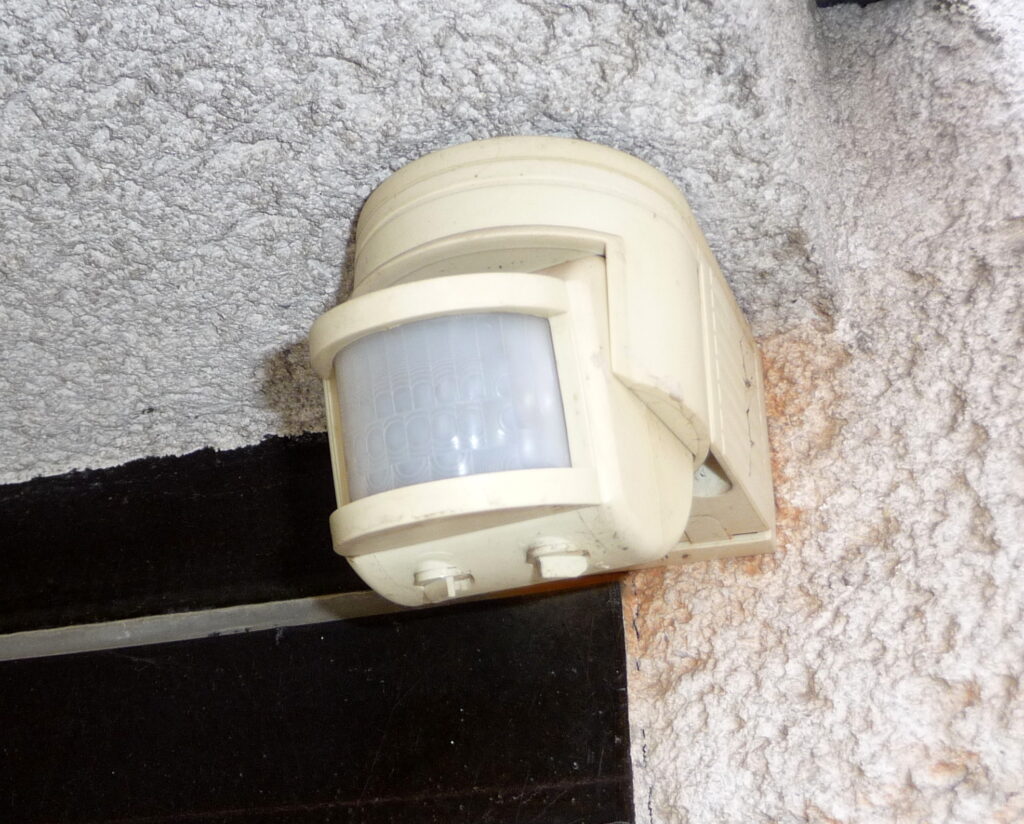
Motion sensors stumble on movement within range and trigger movements thus. These sensors are typically used for security functions, with lighting fixtures routinely flashing or alerting when movement is detected.
2. Door and window sensors: providing security in handy areas

Door and window sensors alert homeowners while a door or window is opened or closed. They are essential to home safety systems, providing actual-time notifications in the event of unauthorized get admission to.
2.1. Contact sensors: touch detection
Contact sensors, a door and window sensor, come across when two surfaces make touch. They are beneficial for checking the circumstance of doorways, windows, cabinets and drapes.
3. Temperature sensors: Monitor ambient temperature
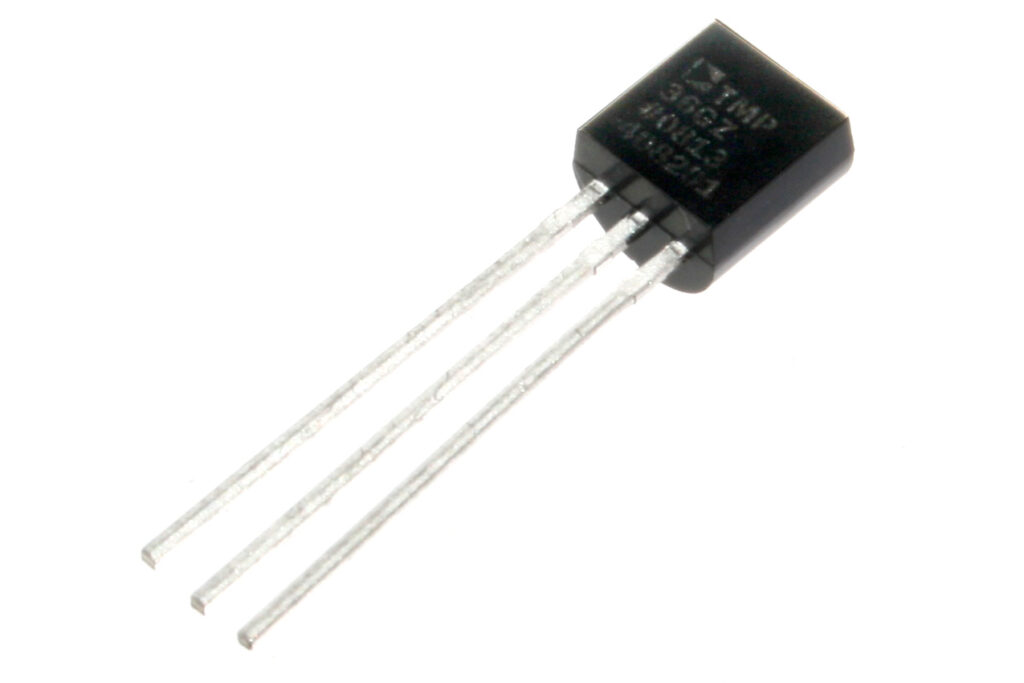
Temperature sensors within the home display the ambient temperature. They help control heating, air flow and air conditioning systems for comfort and energy efficiency.
4. Humidity sensors: monitor gold standard humidity ranges
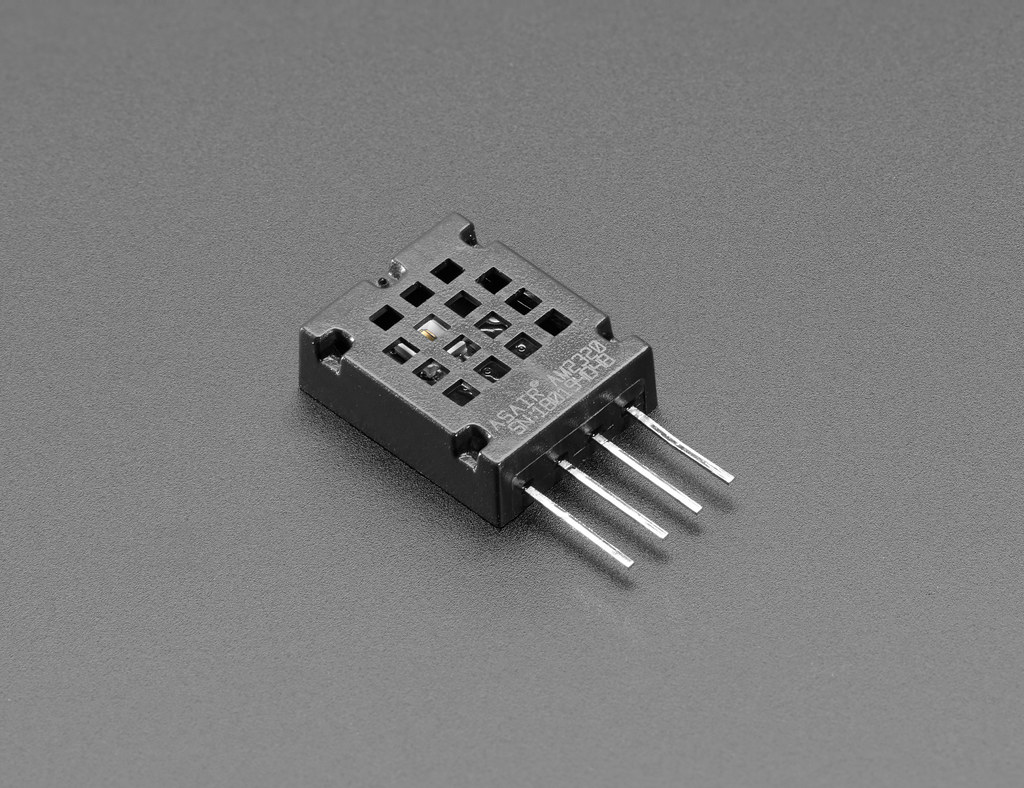
The humidifier measures the amount of moisture in the air.maintaining the right humidity sensors help prevent mildew increase and create a wholesome indoor surroundings.
5. Light sensors: Automatically adjustments the mild
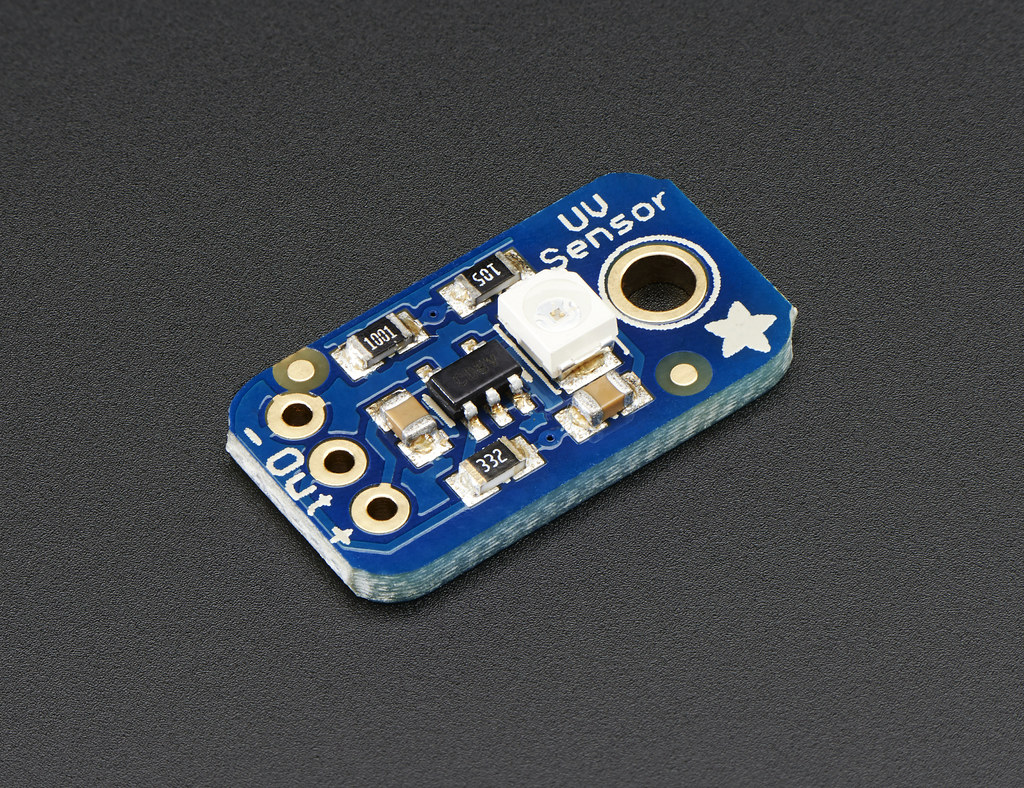
Light sensors experience the amount of light round and adjust the lights consequently. They are helping
5.1. Occupancy sensors: Occupancy sensors
Habitat sensors stumble upon the people in a space. It is commonly used in smart lighting installations primarily to automatically turn lights on or off based on absolute occupancy, further increasing overall electrical efficiency
6. Smoke and carbon monoxide sensors: For safety checks
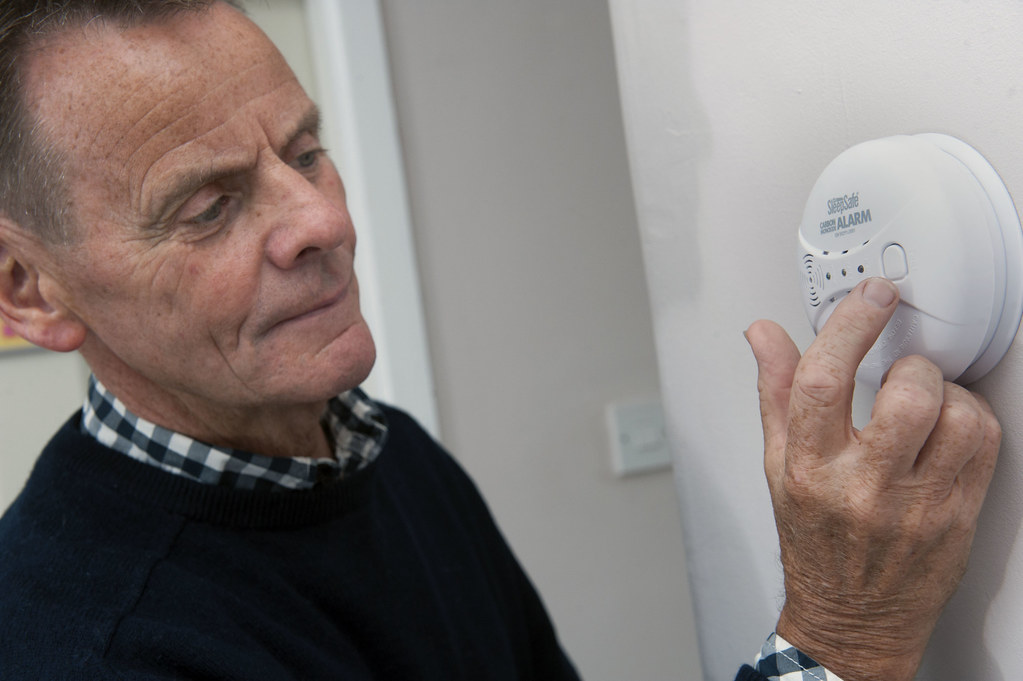
Smoke and carbon monoxide sensors are important for home safety. Excessive levels of smoke or carbon monoxide can be detected, alerting the public to the dangers of power generation and triggering alerts to trigger evacuations
7. Leakage sensor: To prevent water damage

Drainage leaks fire where there is water or moisture in areas prone to leaks, including basements, bathrooms and kitchens Early detection will help prevent significant water loss and mold growth the.
8. Gas sensors: gas leak detection
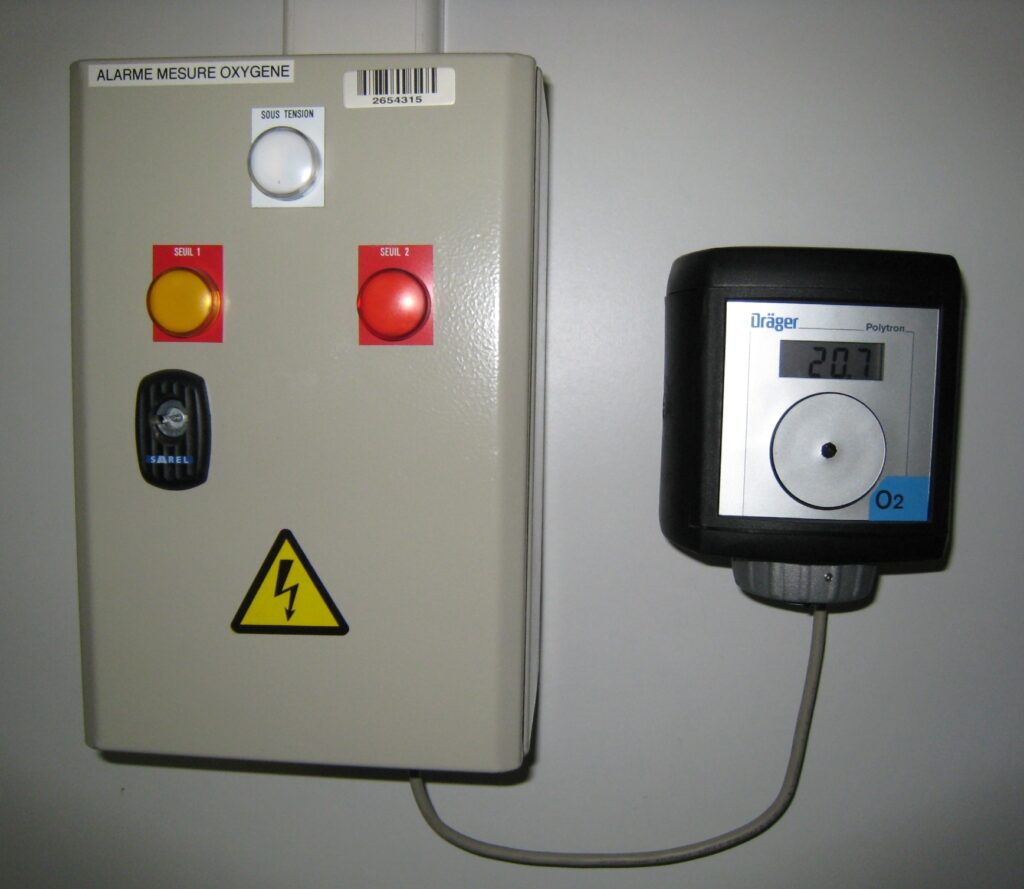
Air sensors indicate the presence of combustible gases in homes, including natural gas or propane. They provide early warning of fuel leaks, help eliminate fire hazards, and ensure occupant safety.
9. Vibration sensors: reporting intrusion or tampering

Vibration sensors stumble over devices or surfaces due to vibrations or reactions. Typically used to counter attempts to sabotage security systems or alter valuable resources.
10. CO2 Sensors: Indoor air quality control
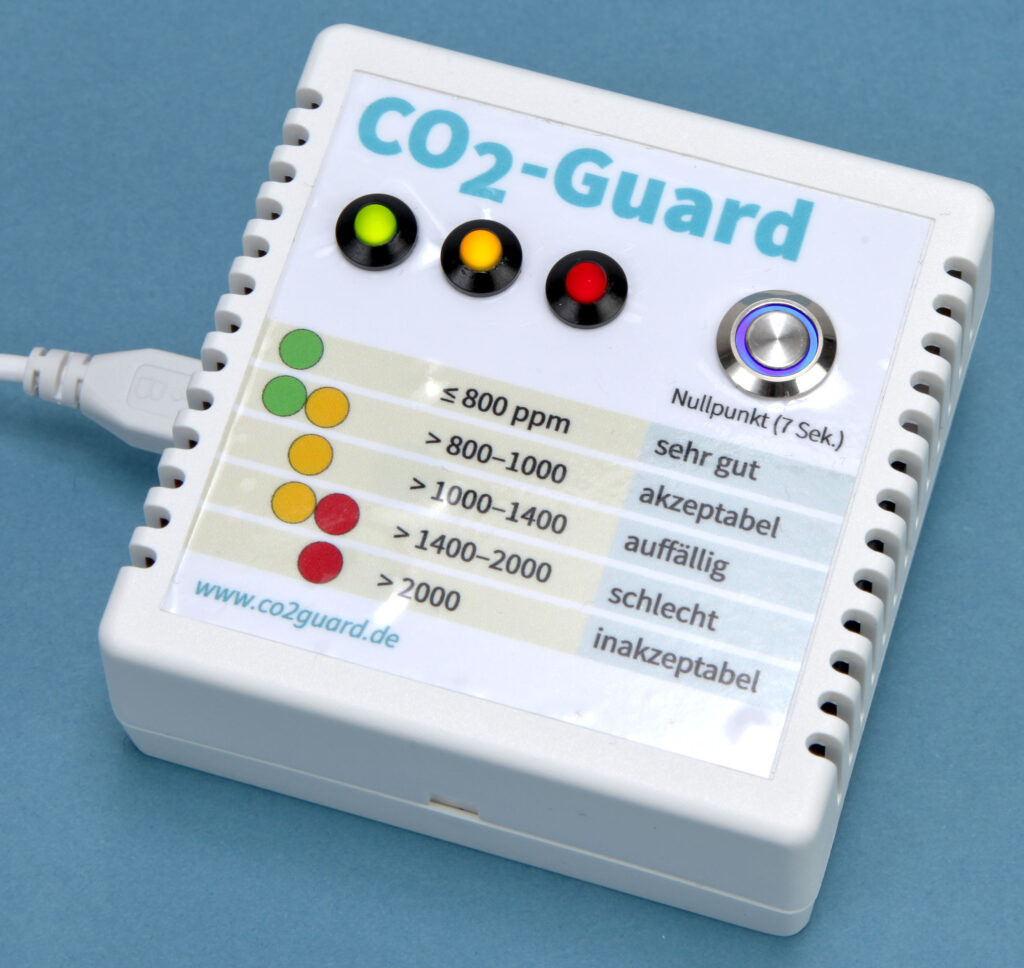
CO2 sensors detect carbon dioxide in the air. By monitoring indoor air super, sensors that help ensure they want proper ventilation and a healthier lifestyle.
11. UV Sensors: Protecting Against Harmful UV Radiation

UV sensors measure the depth of ultraviolet (UV) radiation from the solar. They provide valuable records for adjusting window coverings or activating UV-blocking gadgets to shield furniture and occupants from UV harm.
12. Noise Sensors: Monitoring Sound Levels
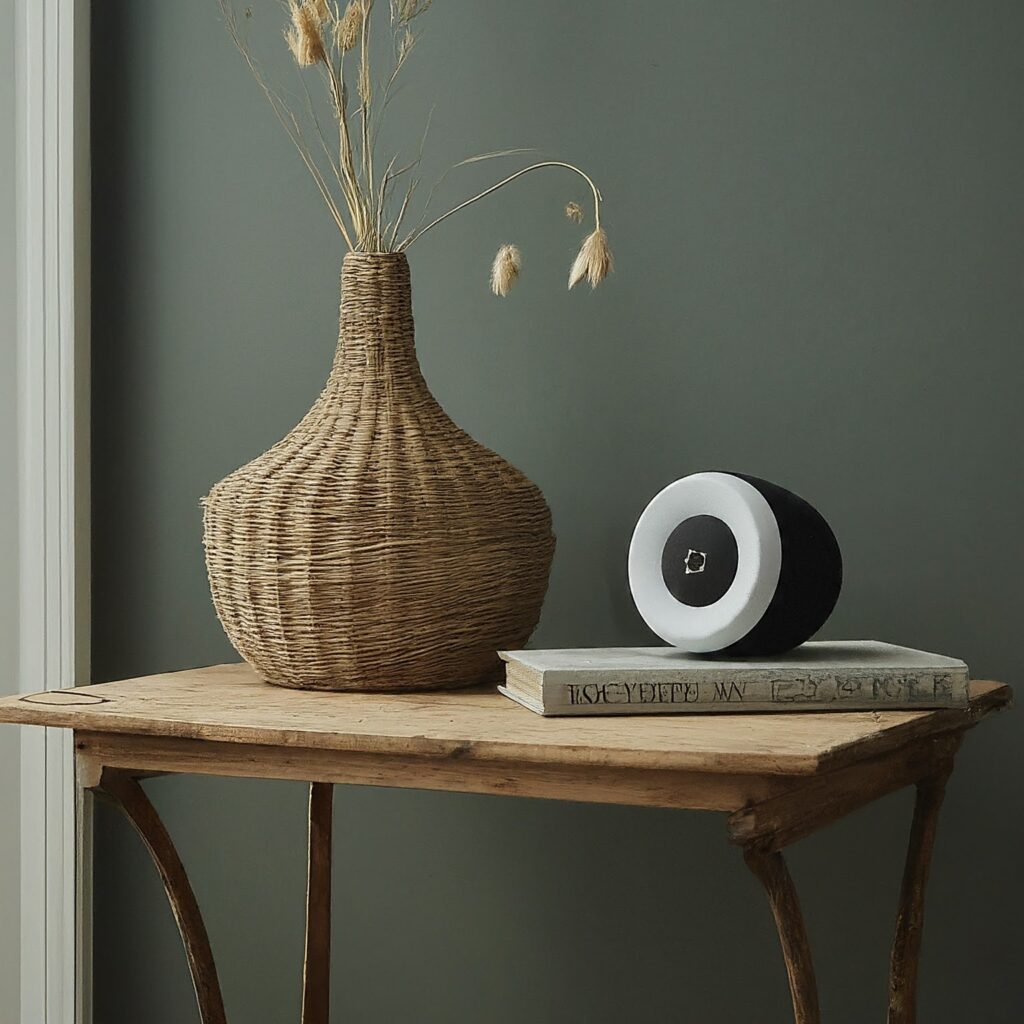
Noise sensors diploma ambient sound levels inner a home. They may be used to find out unusual noises or disturbances, improving safety and peace of mind for house proprietors.
FAQs (Frequently Asked Questions)
Are smart home sensors difficult to put in?
Installing clever home sensors can range in complexity depending at the kind of sensor and your existing home setup. Many sensors are designed for clean DIY installation, while others may additionally require expert assistance.
Can smart domestic sensors be included with existing smart domestic systems?
Yes, most smart home sensors are designed to be well suited with popular clever domestic systems and devices, bearing in mind seamless integration and automation.
Do smart home sensors require ongoing maintenance?
While clever home sensors are commonly low-upkeep, it is important to periodically check and update batteries, smooth sensors, and make sure right connectivity for highest quality overall performance.
Can clever home sensors help reduce electricity expenses?
Yes, clever home sensors, consisting of motion sensors and temperature sensors, can assist optimize electricity utilization via mechanically adjusting lights, heating, and cooling primarily based on occupancy and environmental conditions.
Are clever home sensors secure from hacking or tampering?
Manufacturers appoint diverse security measures to shield smart home sensors from hacking or tampering, together with encryption protocols and regular software updates. However, customers have to also take precautions, inclusive of the use of strong passwords and securing their home community, to mitigate security risks.
Conclusion: The Future of Smart Homes
Incorporating lots of clever home sensors into your property can notably enhance its intelligence, comfort, and protection. From tracking protection and environmental conditions to optimizing electricity utilization, those sensors offer numerous blessings for modern house proprietors. By embracing smart generation, you may create a more efficient, snug, and strong residing surroundings for you and your circle of relatives.